Dandelions—those cheerful bursts of yellow in the garden—are more than just a resilient weed. They’re an untapped pantry of flavor, medicine, and tradition. If you loved our 25 Dandelion Recipes post, then you already know how versatile this humble plant can be. But today, we’re taking it one step further—into the world of fermentation and turning these cheerful blossoms into delicious dandelion mead.
Dandelion mead is a golden-hued, floral-infused honey wine with roots deep in history. Mead itself has been cherished for centuries, often called the “nectar of the gods,” and when infused with dandelions, it transforms into a springtime celebration in a bottle. This isn’t just about making a drink—it’s about crafting something magical from nature’s bounty.
Here on the farm, we keep bees, and there’s something truly special about the synergy between honey and dandelions. Our buzzing pollinators thrive on these bright blossoms in spring, and it only feels right to honor their hard work by pairing their golden nectar with the very flower they love. It’s a match made in heaven, bottled up for slow sipping and long conversations.
In this guide, we’ll explore the folklore behind dandelion mead, its health benefits, and a simple, foolproof recipe for brewing your own. So grab your foraging basket, embrace the art of slow living, and let’s turn those backyard blooms into liquid gold. Cheers!
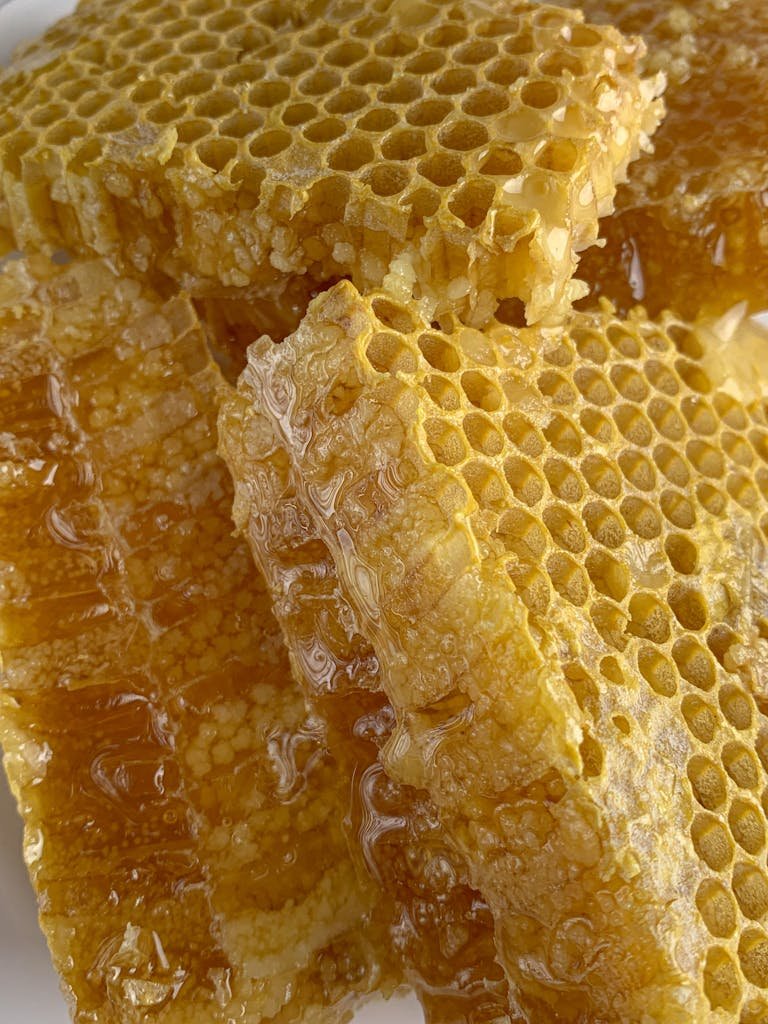
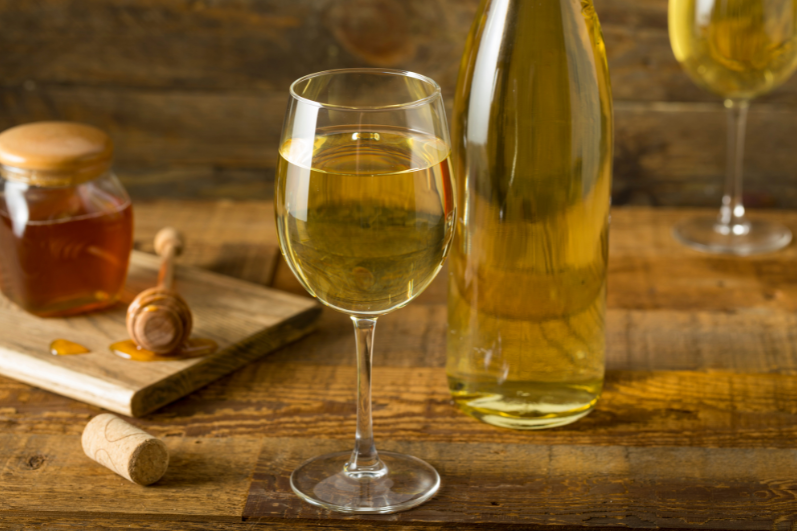

Some of the links in this post are affiliate links, including links to products on Amazon. This means if you click and make a purchase, I may earn a small commission at no extra cost to you. I only recommend items I genuinely love and believe could add value to your life. Thank you for supporting this blog—it helps keep the content free and full of ideas just for you!
What is Dandelion Mead?
Dandelion mead is a traditional honey wine infused with dandelion flowers, blending the delicate floral notes of foraged blooms with the rich complexity of fermented honey. This ancient beverage has been enjoyed for centuries, valued for both its unique taste and its place in herbal traditions.
If you’re as fascinated by the ancient art of mead-making as we are, there are some fantastic books to dive into. “The Compleat Meadmaker” by Ken Schramm is a must-read for anyone looking to perfect their craft, covering everything from beginner-friendly recipes to advanced techniques. Another gem is “Sacred and Herbal Healing Beers” by Stephen Harrod Buhner, which explores the deep-rooted traditions of herbal fermentation. “The Art of Fermentation” by Sandor Ellix Katz is another fantastic resource. It delves deep into fermentation techniques, history, and the cultural significance of home-brewing.
The History and Folklore of Dandelion Mead
Mead, often called the “nectar of the gods,” is one of the oldest fermented beverages known to humankind. Long before vineyards sprawled across the countryside, people were mixing honey and water, letting nature work its magic. The Vikings drank it before battle, the Celts sipped it at feasts, and ancient Egyptians even left jugs of it in their tombs for the afterlife. It’s simple, it’s ancient, and it’s deeply woven into the folklore of nearly every culture that ever kept bees.
And then there’s the dandelion—a plant just as resilient as the drink itself. Herbalists have treasured dandelions for centuries, recognizing them as a symbol of renewal, strength, and the promise of spring. Medieval monks brewed dandelion tonics, believing the golden petals held the sun’s energy, while wise women tucked them into remedies for everything from digestion to melancholy. Even today, some say if you blow on a dandelion puff and send all the seeds flying, your wish will come true.
Blending these two ancient traditions—mead and dandelions—feels like something out of a storybook. Dandelion mead likely began as a way to capture the fleeting beauty of spring in a bottle, preserving sunshine and sweetness long past the bloom. Traditional healers considered it a cleansing tonic, good for the liver and the soul, while folklore painted it as a drink of warmth and vitality, a golden thread connecting past and present.
Now, dandelion mead is making a quiet but steady comeback among foragers, homebrewers, and slow-living enthusiasts who appreciate the simple magic of turning wildflowers and honey into something worth savoring.
Health Benefits of Dandelion Mead
Dandelion mead isn’t just a pleasure to sip—it’s a potion brimming with goodness. When you mix wildflowers, raw honey, and the magic of fermentation, you’re creating something far beyond a simple drink. It’s an elixir infused with the natural benefits of its ingredients, a tonic that nourishes the body as much as it delights the senses.
Let’s start with the honey—nature’s original superfood. Raw, unpasteurized honey is teeming with antioxidants, enzymes, and beneficial compounds that support immunity and gut health. Unlike processed sugars, honey is alive, rich in prebiotics that feed the good bacteria in your digestive system. And since mead keeps the honey’s essence intact, you get to enjoy its benefits sip by golden sip.
Then there’s the dandelion—a plant so often dismissed as a weed but revered in herbal medicine for its ability to cleanse and restore. Dandelions are packed with vitamins A, C, and K, along with minerals like iron and potassium. Traditional healers have long used them to support liver function, aid digestion, and gently detoxify the body. When steeped into mead, these benefits are infused into every bottle, making each glass a toast to well-being.
Fermentation adds another layer of health magic. Mead, like other fermented drinks, is naturally probiotic, helping to balance gut flora and improve digestion. Unlike commercial wines loaded with sulfites and additives, dandelion mead is pure—just honey, flowers, and time working together in harmony. It’s a reminder that slow, intentional processes create not just better flavors, but better nourishment too.
So when you raise a glass of homemade dandelion mead, know that you’re not just enjoying a drink—you’re sipping on centuries of herbal wisdom, the labor of bees, and the quiet power of fermentation. Now that’s something worth toasting to.
How to Forage and Prepare Dandelions for Mead
Foraging dandelions for mead is as much an act of patience as it is of reverence—these golden blooms, so often dismissed as weeds, are tiny powerhouses of flavor and folklore. To get the best out of them, timing is everything. Harvest dandelion flowers on a dry, sunny morning when they are fully open—this is when their nectar is richest, lending the most vibrant taste to your brew. Avoid plucking them after rain, as excess moisture can dilute their floral intensity.
While true dandelions (Taraxacum officinale) are easy to spot with their sunny, toothy-edged petals and hollow stems, a few lookalikes lurk in meadows and roadsides. Hawkweeds and cat’s ear can mimic dandelions at a glance, but their stems are solid and branching, whereas a dandelion’s bloom always stands alone on a single, unbranched stem. Foraging from clean areas—away from roadsides, dog-walk routes, and pesticide-treated lawns—ensures a pure, chemical-free ingredient for your mead.
Once gathered, the flowers need a bit of care before they meet the honey. The green sepals at the base of each bloom can lend an unwanted bitterness to the final brew, so gently pinch or snip them off, leaving only the fragrant yellow petals. Spread them out on a towel to allow any tiny insects to escape—this way, you’re keeping your mead pollinator-friendly in more ways than one.
Speaking of pollinators, dandelions are an early-season feast for bees, so harvest with gratitude and moderation. Take only what you need, leaving plenty behind for buzzing visitors and self-seeding. A good rule of thumb is to pick from abundant patches, scattering a few blossoms back onto the earth as a token of appreciation. After all, dandelions have been generous enough to offer their golden bounty—why not return the favor?
Dandelion Mead Recipe: A Step-by-Step Guide
Yield & Nutritional Info
- Makes: ~4 liters (1 gallon)
- Servings: ~16 (250ml / 1 cup per serving)
- Calories per serving: ~120-150 kcal (depends on honey fermentation)
- ABV (alcohol by volume): ~10-12% (varies with fermentation time)
Ingredients
- 1 liter (4 cups) dandelion petals (loosely packed, yellow parts only)
- 1 organic lemon (sliced, peel and all)
- 3 liters (12 cups) filtered water
- 1 organic orange (sliced)
- 1 small cinnamon stick (optional, for warmth and spice)
- 1-inch (2.5 cm) ginger root, sliced (optional, for a slight kick)
- 1/2 tsp yeast nutrient (optional but speeds fermentation)
- 1 packet wine/mead yeast (like this one)
- 900g (3 cups) raw honey (best sourced from local beekeepers)
- 1 sanitized 1-gallon fermentation jar (like this one)
- 1 airlock (find it here)
- Glass bottles for aging (like these)
- 1 fermentation kit (find one here)
Step-by-Step Guide
1. Prepare the Dandelion Petals
Gently rinse the dandelion petals to remove any dirt or tiny insects. Spread them on a clean towel to air-dry for an hour. Remove as much green as possible to prevent bitterness.
2. Make the Mead Base
Bring 1 liter (4 cups) of water to a gentle simmer. Remove from heat and stir in the honey until fully dissolved. Add the dandelion petals, sliced lemon, orange, cinnamon, and ginger. Cover and let it steep until the mixture cools to room temperature.
3. Transfer to a Fermentation Jar
Pour the cooled mixture into a sanitized 1-gallon fermentation jar (like this one), including the petals and fruit slices. Add the remaining water, leaving about 5 cm (2 inches) of headspace.
4. Add the Yeast
In a small bowl, rehydrate your mead yeast (like this one) according to package instructions. Stir in the yeast nutrient if using. Add the yeast to the fermentation jar and stir well.
5. Seal and Ferment
Attach an airlock (find it here) to your jar. Store in a dark, room-temperature place (~18-24°C / 65-75°F). Within 24-48 hours, you should see bubbles forming—this means fermentation is underway!
6. Wait and Rack
Let your mead ferment for about 3-4 weeks. When bubbling slows, carefully transfer (rack) the mead into a clean, sanitized jar, leaving sediment behind. Reattach the airlock and let it age for another 1-3 months.
7. Bottle and Age
When the mead is clear and no longer bubbling, transfer it into sterilized glass bottles (like these) and seal them. Let it age for at least another month (though six months to a year will deepen the flavors beautifully).
Serving & Pairing
Dandelion mead can be enjoyed slightly chilled on its own or paired with earthy cheeses, roasted nuts, or honey-glazed dishes. For a refreshing summer twist, serve over ice with a squeeze of lemon!
Tips for Perfecting Your Dandelion Mead
Dandelion mead is a slow alchemy—sunlight caught in petals, coaxed into golden nectar, and left to transform with time. The process is simple, but a few thoughtful touches can elevate your brew from rustic experiment to a sip-worthy masterpiece.
Choosing the Right Honey for Flavor Complexity
Not all honey is created equal, and the variety you choose will shape the personality of your mead. A light, floral honey like acacia or wildflower lets the dandelions shine, while something dark and robust, like buckwheat, adds earthy depth. If you can, source raw, local honey—it brings complexity and a connection to your own landscape.
Controlling Fermentation Temperature for the Best Results
Yeast is a fickle creature. Too cold, and it slumbers; too hot, and it turns your mead harsh. Aim for a fermentation temperature between 18-22°C (64-72°F)—a cozy range where yeast works happily without stress. If your space runs cool, consider a fermentation wrap; if it’s too warm, a cool basement or temperature-controlled brewing kit can help keep things steady.
Aging Recommendations for Smoothness and Depth of Flavor
Dandelion mead fresh from fermentation can be… lively. A little wild, a little rough around the edges. But patience pays off. Aging it for at least six months to a year allows the flavors to mellow, the honey to deepen, and any sharp edges to smooth out. Store your bottles in a cool, dark place and sample occasionally—like waiting for fruit to ripen, you’ll know when it’s ready.
Troubleshooting Common Issues
- Slow Fermentation? Your yeast might need a boost. Ensure your starter was healthy, and if needed, add a pinch of yeast nutrient.
- Off Flavors? Bitter or medicinal notes usually come from too much greenery in the dandelion petals. A musty taste could mean unwanted bacteria—sanitize everything!
- Too Sweet or Too Dry? If fermentation stopped early, it may need rousing (or restarting). If too dry, back-sweetening with a touch of honey before bottling can balance it out.
With a little care and a lot of patience, your dandelion mead will turn into something golden, smooth, and worth every slow sip.
Variations and Experimentation
Once you’ve mastered the classic dandelion mead, why stop there? Mead-making is an art, and the beauty of fermentation lies in its endless possibilities. Whether you’re layering in new flavors, playing with carbonation, or letting nature take the lead, there are plenty of ways to put your own twist on tradition.
Adding Other Foraged Ingredients
Dandelions play beautifully with other wild botanicals, so why not turn your mead into a true forager’s elixir? A handful of elderflowers adds delicate, honeyed notes, while nettles lend an earthy depth. For something soothing, try chamomile—its apple-like sweetness rounds out the dandelion’s floral brightness. If you’re feeling adventurous, a touch of meadowsweet brings a hint of vanilla and almond. Just be mindful of potency—too much of anything can overpower the delicate balance.
Creating Sparkling Dandelion Mead with Secondary Fermentation
If you love a bit of fizz, secondary fermentation is your friend. After bottling, adding a small amount of honey (or a sugar source) and sealing the bottles allows carbonation to develop naturally. In about two weeks, you’ll have a gently effervescent mead, perfect for a celebratory toast. Just be sure to use sturdy bottles designed for carbonation—no one wants an unexpected explosion in the pantry!
Adjusting Sweetness Levels
Mead can range from bone-dry to dessert-sweet, depending on how much honey is left unfermented. If you prefer a drier mead, let fermentation run its full course. If you like a touch of sweetness, stop fermentation early or back-sweeten with honey before bottling. The key is balance—sweetness should complement, not overwhelm, the floral notes.
Making a Wild-Fermented Version Without Added Yeast
For the purists and adventurers, wild fermentation is the ultimate test of patience and trust. Instead of adding commercial yeast, let nature do the work. Dandelions and honey both contain wild yeasts that, given time, will start fermentation naturally. This method is unpredictable—sometimes magical, sometimes stubborn—but when it works, you get a mead with deep, complex character that’s entirely unique to your local environment.
The beauty of mead-making is that no two batches are ever quite the same. Experiment, take notes, and let each sip tell the story of your wildcrafted brew.
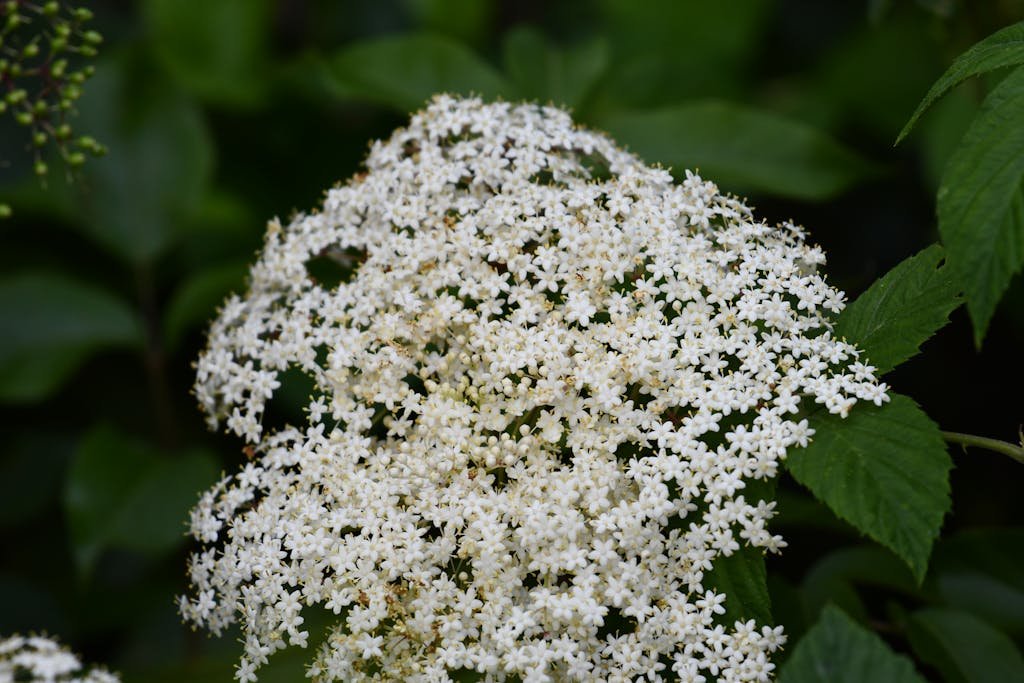
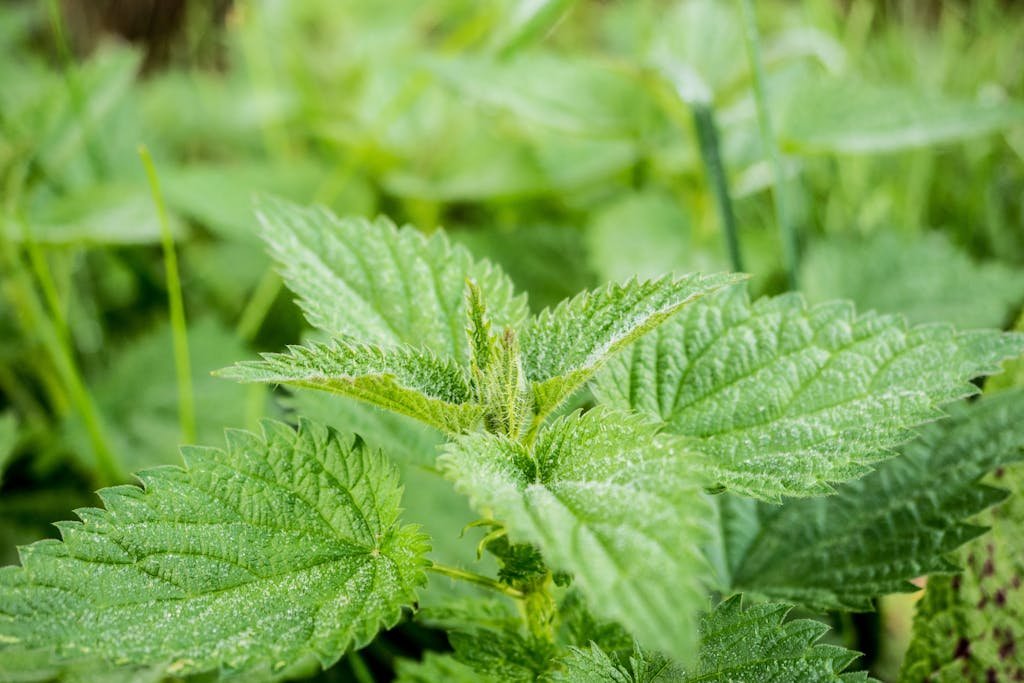
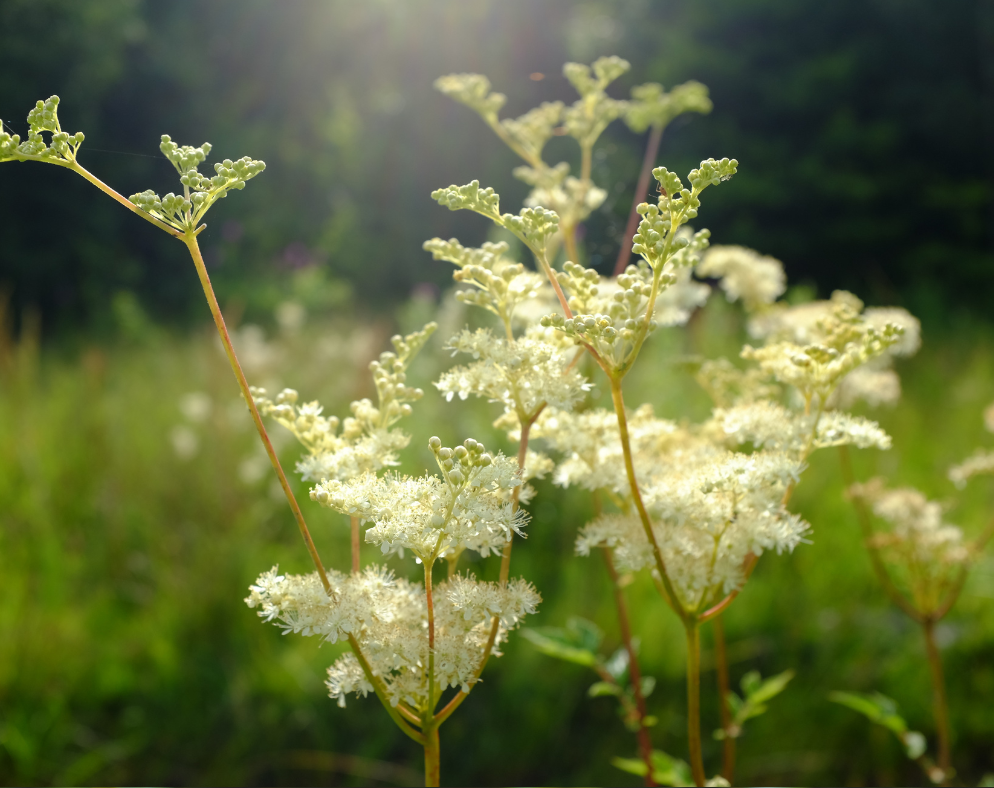
The Final Sip: Crafting Tradition, One Bottle at a Time
Dandelion mead is more than just a drink—it’s a connection to the past, a celebration of nature, and a rewarding craft for any home fermenter. Every step, from foraging golden blossoms to patiently waiting for the magic of fermentation, is an act of slowing down and embracing the rhythms of the natural world.
If you’re just beginning your mead-making journey, there’s always more to explore. Books like The Compleat Meadmaker by Ken Schramm offer deep dives into technique, while Make Mead Like a Viking by Jereme Zimmerman brings a wild, historical perspective to fermentation. For those who love experimenting with flavors, Sacred and Herbal Healing Beers by Stephen Harrod Buhner is an inspiring read, weaving together herbal folklore with brewing traditions from around the world.
Of course, no mead-making adventure is complete without some culinary inspiration. Once your mead has aged to perfection, why not pair it with a recipe that highlights its floral, honeyed notes? Whether you’re sipping it alongside a warm, spiced cake or incorporating it into a marinade, dandelion mead has a way of turning an ordinary meal into something special. If you’re looking for ways to use your homemade brew—or need more dandelion-inspired creations—check out 25 Ways to Use Dandelions in the Kitchen for plenty of delicious ideas.
In the end, every bottle of mead tells a story—the land where the flowers were picked, the choices made during fermentation, and the patience it took to let time work its magic. So whether you’re crafting your first batch or perfecting your signature brew, raise a glass to the alchemy of honey, herbs, and tradition. Here’s to many more wildcrafted sips to come!
